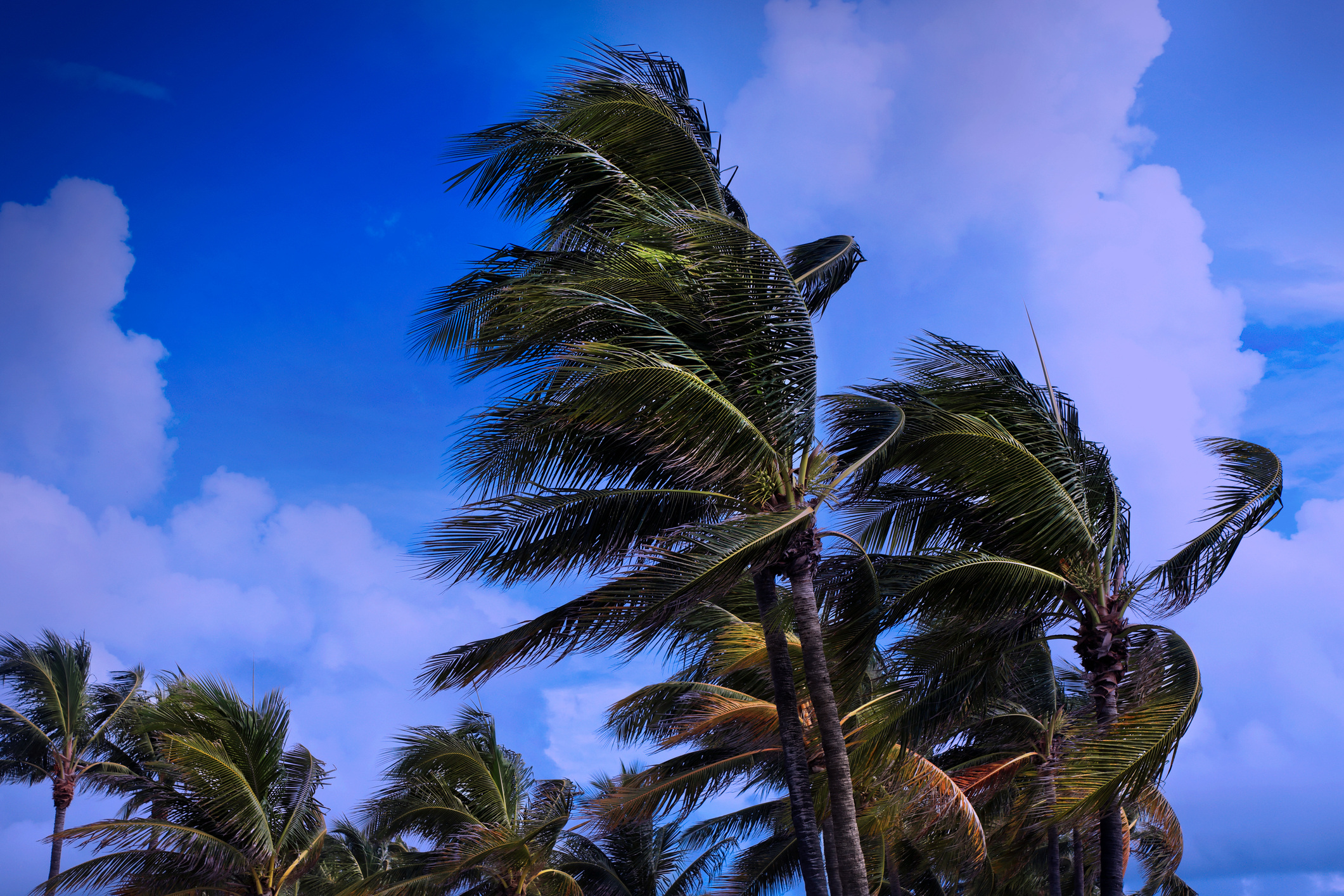3 min read
Tropical Storm Debby forecast to hit Florida this weekend with torrential rain and wind
 Merit Street Media
|
Aug 02, 2024
Merit Street Media
|
Aug 02, 2024

Florida — A tropical storm warning was issued and a state of emergency declared in parts of Florida in anticipation of Tropical Storm Debby – a storm that hasn’t yet formed but could unleash multiple days of heavy, flooding rainfall to the state and the southeast United States starting this weekend.
The system has 30 mph winds and has been designated Potential Tropical Cyclone Four by the National Hurricane Center as it comes together over parts of Cuba and the southern Bahamas Friday.
It’s forecast to become a tropical depression by Saturday morning, once it emerges out over the water between Cuba and Florida, and strengthen into Tropical Storm Debby by Saturday evening.
Tropical storm watches and warnings have been extended northward in Florida, according to the 5 p.m. ET advisory from the National Hurricane Center.
The tropical storm warning has been extended along the west coast of the Florida peninsula from Bonita Beach to Boca Grande. Meanwhile, the tropical storm watch has been extended northward from Aripeka to the mouth of the Suwannee River.
Parts of the Florida Keys and parts of the Central Florida coast are also under a tropical storm watch, with officials urging residents there to prepare for tropical storm conditions within the next 48 hours. The watch includes Fort Myers, Cape Coral and Tampa Bay.
The storm’s exact track and strength are still uncertain. How much time the system spends over record-warm water in the eastern Gulf of Mexico will determine how strong it becomes.
It will track parallel to Florida’s Gulf Coast for some time this weekend and strengthen as it does so, before curving east and making landfall. The system’s strength would be limited if it moves more quickly over Florida.
“Since the forecast track is almost parallel to the west coast of the Florida Peninsula and the southeast coast of the US, only a small change in the track could lead to large changes in which land areas receive any landfalls and the biggest impacts,” the National Hurricane Center cautioned Friday.
Where and when the storm comes ashore and how strong it is at that time will affect the risk of storm surge. For now, up to 3 feet of storm surge is possible this weekend along the coast from South Florida to north of Tampa Bay.
No matter its strength, torrential, flooding rain will be the most significant impact from the storm, especially if the system were to slow down, a possible scenario.
The flood threat prompted Florida Gov. Ron DeSantis to declare a state of emergency. The order was issued Thursday for 54 of the state’s 67 counties to mobilize state and local resources ahead of the storm.
Sandbag distribution began Friday for residents in several communities in the Orlando and Tampa metros. Multiple counties in the state’s panhandle – including Escambia, Okaloosa and Santa Rosa – started distributing sandbags Thursday.
A level 2 of 4 risk of flooding rainfall is in place Saturday for much of South Florida as the system organizes just off the coast, according to the Weather Prediction Center.
“Very intense” rainfall rates of 2.5 to 3 inches per hour are possible within the heaviest storms in the system’s outer rain bands Saturday, the WPC warned. Rainfall rates this potent are enough to cause flash flooding, even in marshy areas of the state more capable of handling excess water.
The risk to life and property would increase considerably if these intense storms reach the Miami area. Up to 20 inches of rain deluged South Florida in a very short window in early July and produced extremely dangerous flash flooding across the greater Miami metro, resulting in a couple hundred water rescues.
The level 2 of 4 risk of flooding rainfall will expand over much of the state and reach into other portions of Georgia and the Carolinas Sunday.
Exactly when and where torrential downpours set up outside of Florida will depend on the system’s ultimate track, but heavy rain is possible as early as Sunday afternoon. It’s also possible that this risk level will increase – especially in Florida – once the system’s track comes into further focus.
Heavy rain will continue to pound parts of the Southeast early next week, especially if, instead of tracking steadily along the Florida Gulf Coast and making landfall, the system slows down and stalls over one region – potentially around Florida’s Big Bend.
Rainfall totals of 4 to 8 inches are possible through Monday over much of Florida and the coasts of Georgia and the Carolinas. But if the system happens to stall, rainfall totals could increase dramatically.
Freshwater flooding – flooding caused by rainfall – has become the deadliest aspect of tropical systems in the last decade, according to research conducted by the National Hurricane Center.
A world warming due to fossil fuel pollution is making this potential threat more dangerous. Studies have also shown tropical systems are slowing down over time, which means they’re more likely produce greater rainfall totals over a given area.
Oceans are also getting warmer and supercharging storms, pumping them full of moisture. A 2022 study published in the journal Nature Communications found climate change increased hourly rainfall rates in tropical storms by 5 to 10% and in hurricanes by 8 to 11%.
Copyright Associated Press

